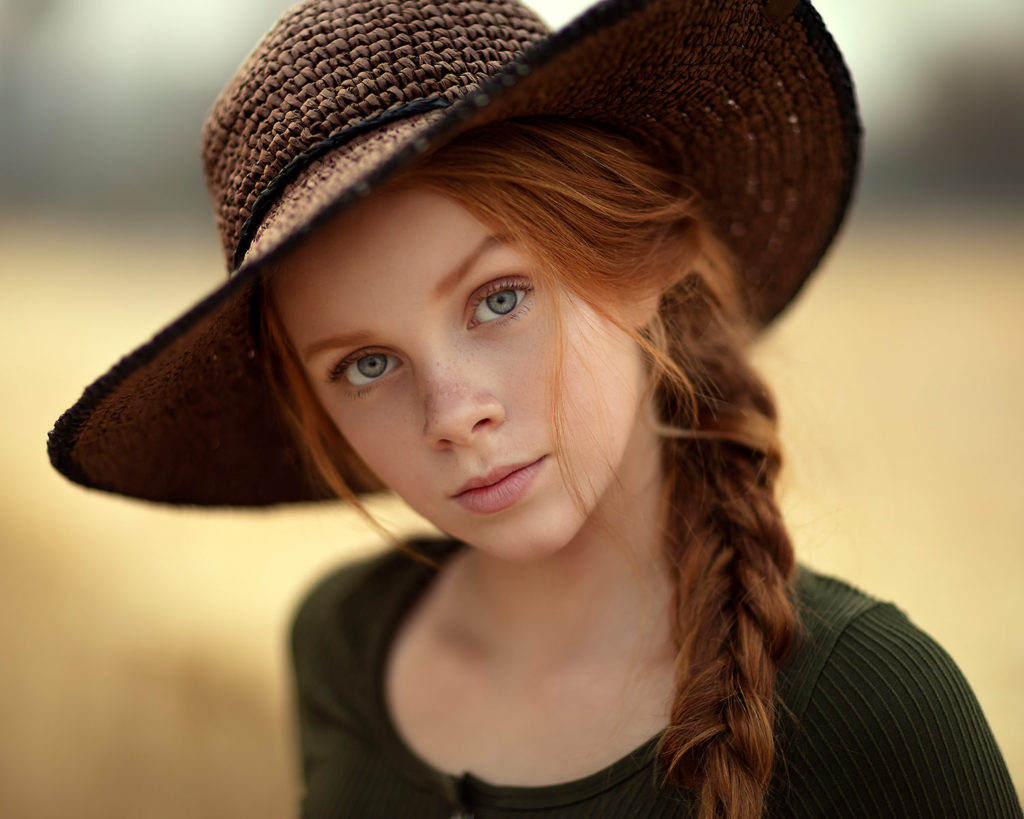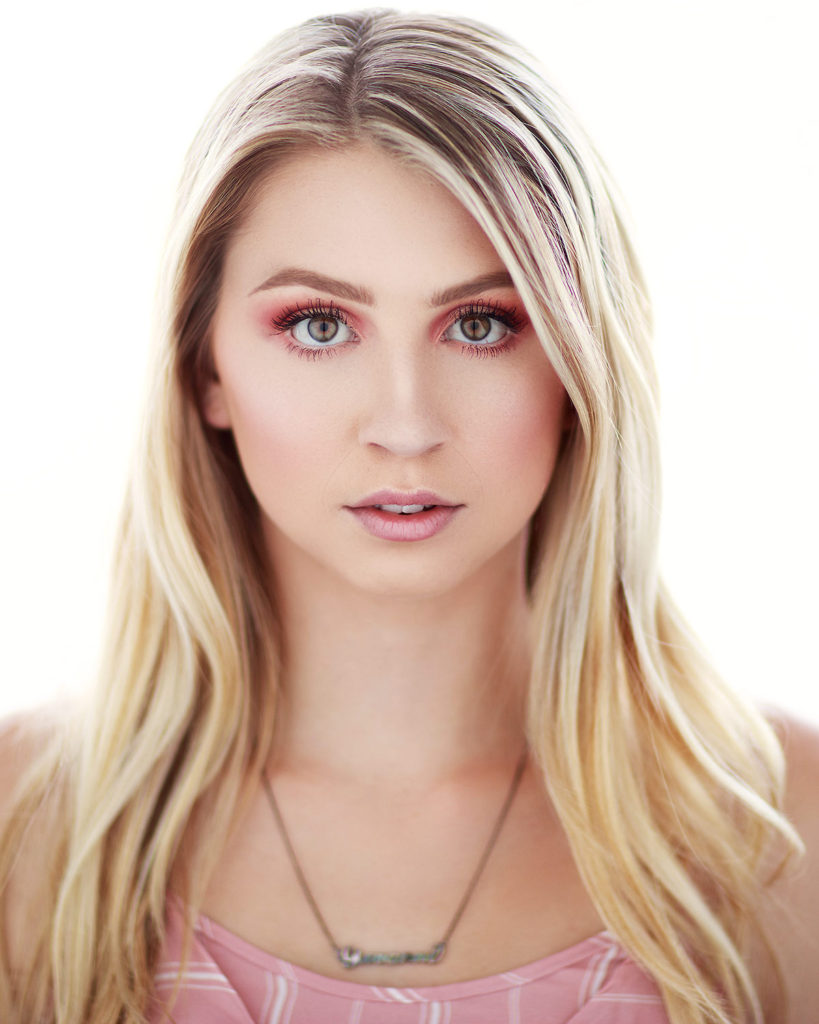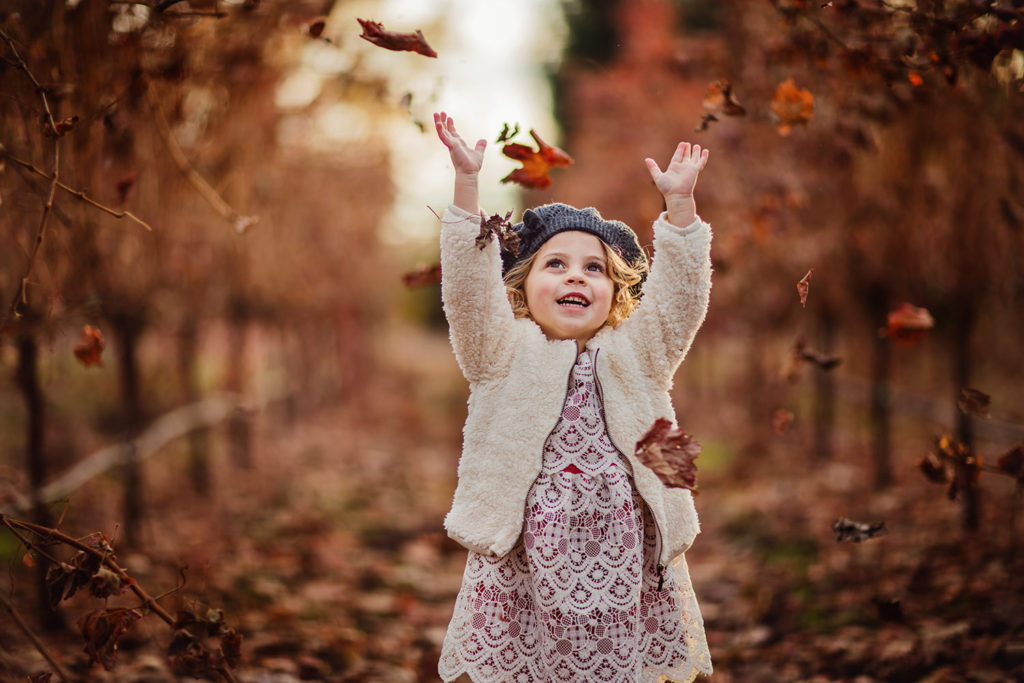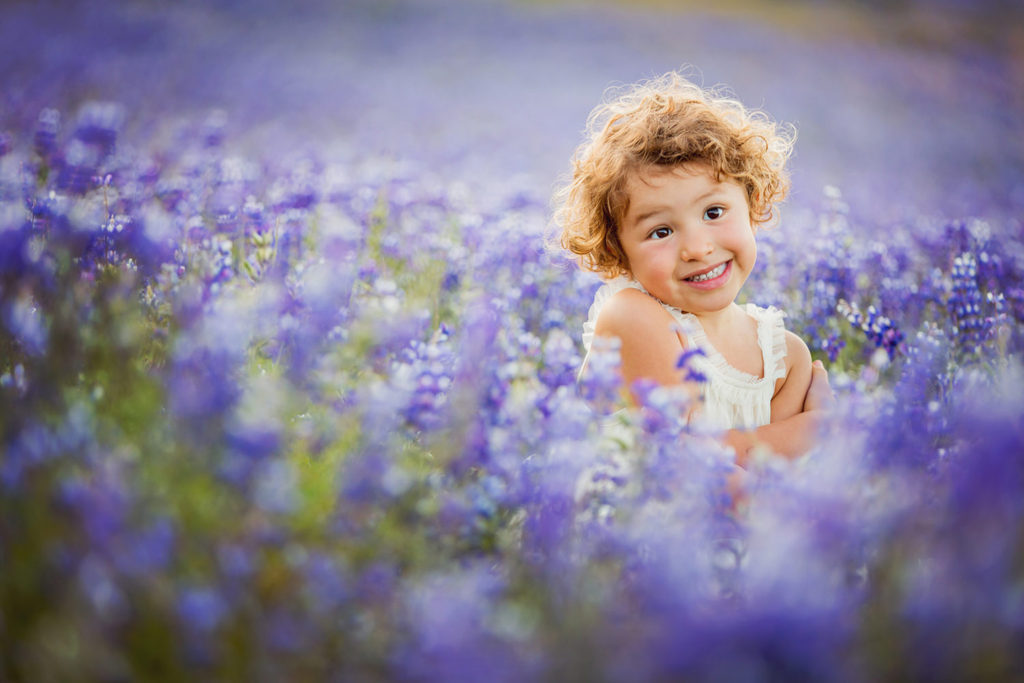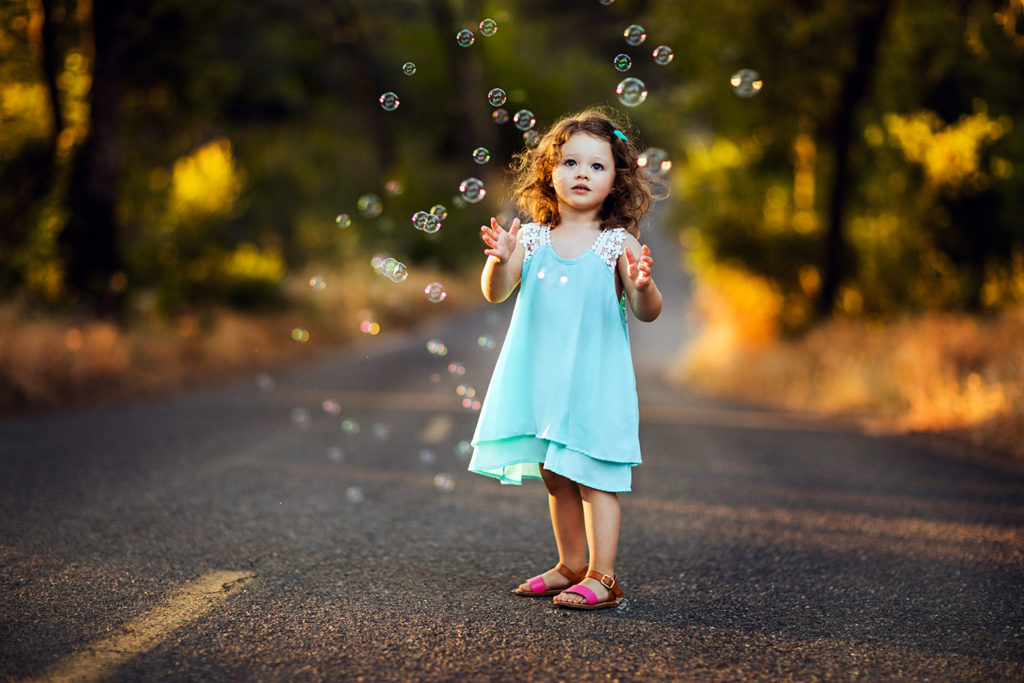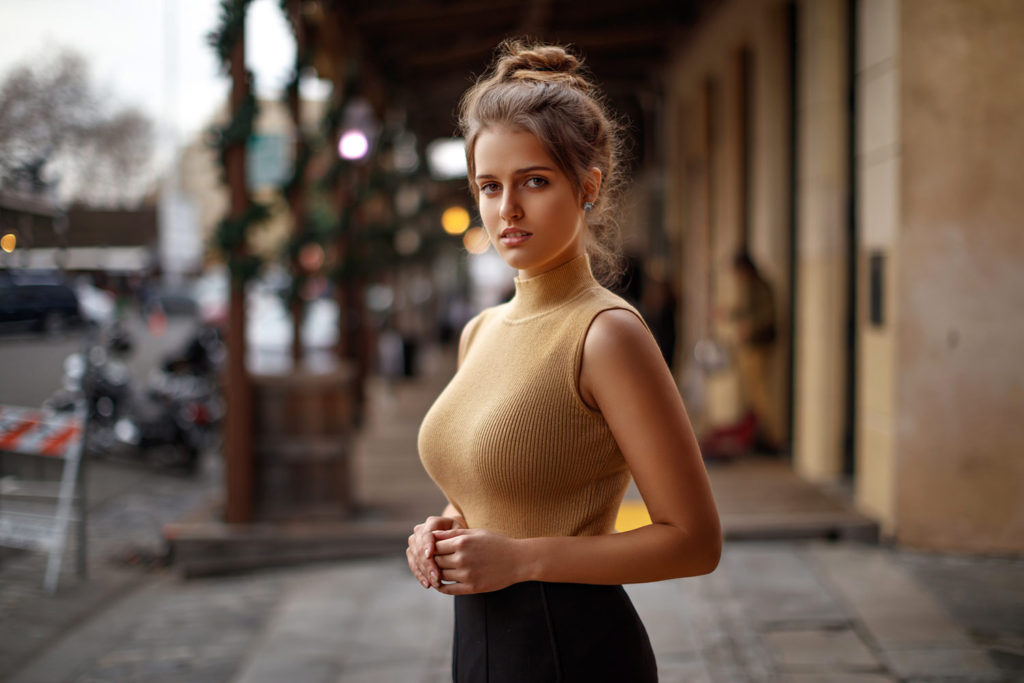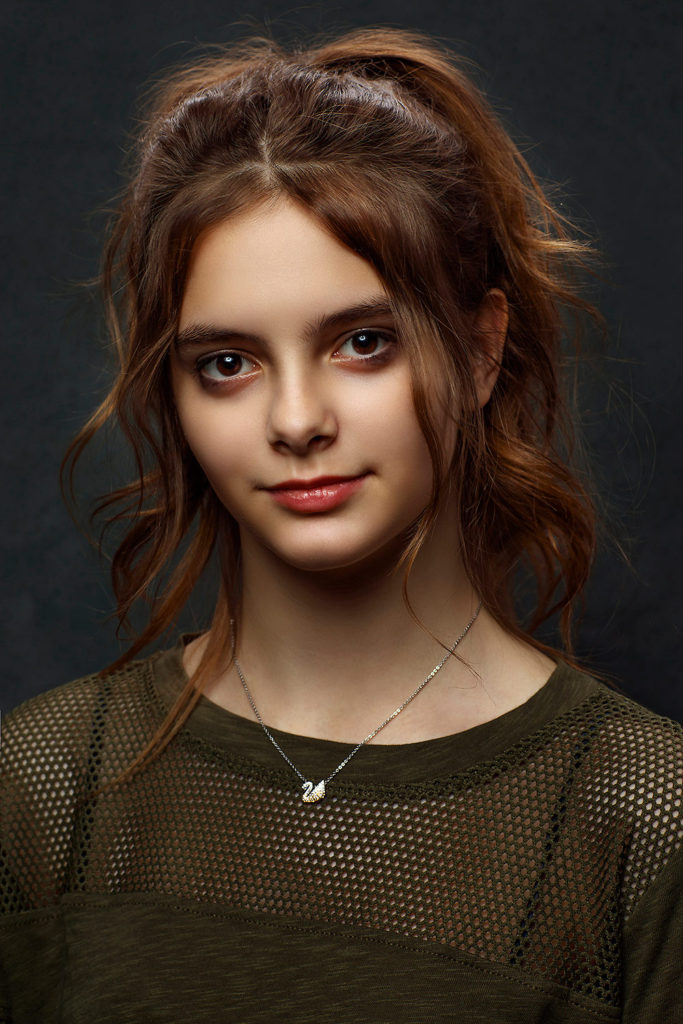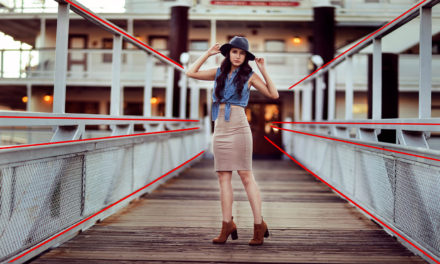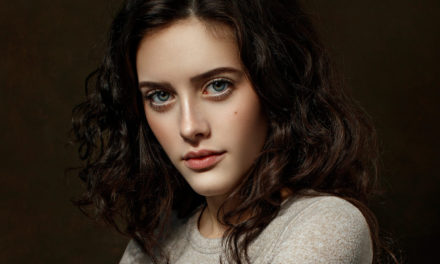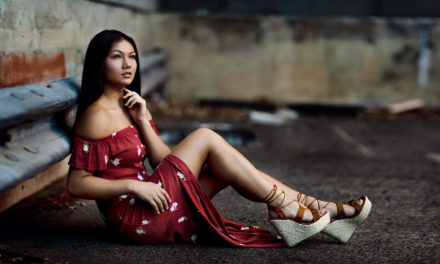What’s the first thing you notice in a portrait? For many viewers, it’s the eyes, as people are naturally inclined to making eye contact. The eyes are a reflection of the true essence of the person.
In the process of portrait photography, it is necessary to focus on the eyes. Masterfully highlighted eyes can attract attention to the whole composition. Otherwise, you will not get the desired effect, and your photo will go unnoticed.
To make the photo as interesting as possible, ask your subject to play with their emotions, alternating one or the other. All these feelings are reflected in the eyes, so try to capture them with your camera and not miss the moment.
This post may include affiliate links. Please read our disclosure policy.[027]
Camera: Canon EOS 5DS R | Lens: Canon EF 85mm f1.2L II USM
Sky Natural Light| f/1.2, 1/800s, ISO 100 | Photo by © Sergey Bidun
WHY EYES ARE IMPORTANT IN PORTRAIT PHOTOGRAPHY
Any portrait begins with the eyes. The whole psychological and physiological state of a person, also called emotions, is reflected in two screens – the eyes.
They read everything that you feel: happiness, anger, resentment, curiosity, fear, fatigue, hope, love, compassion, sadness, pain, surprise, or disappointment. Your eyes will certainly reveal everything.
The eyes give an idea of the character – through the eyes, you can read the thoughts. When you admire famous portraits created by great artists such as Da Vinci, or Steve McCurry, pay attention to how they conveyed the look. Notice how the mood was reflected in the eyes. Eyes are in the spotlight.
An artist or photographer first established a connection with an object that was reflected on the canvas or photograph. Then the viewer is able to feel himself in the place of the creator and feel this connection. You can see this clearly in contemporary fine art portraits.
The eyes may remain wide open, half-open, or even closed, but they are always full of feelings. Let’s discuss what are some ways to highlight eyes in your portraits, and how to better portray emotions through the eyes.
Camera: Canon EOS 5DS R | Lens: Canon EF 50mm f/1.2 L USM Lens
Window Light | f/1.8, 1/250s, ISO 200 | Photo by © Sergey Bidun
EYE POSITION IN THE FRAME
There are no strict rules on where to position the main object – the eyes. But if you do it by the rule of thirds or in the middle of the frame, it will look great.
Placing the eyes right in the center can be very effective for the viewer. It can also be fascinating when the eyes are open wide. In this case, they ignite emotions, affect the viewer, and connect them with the object by creating relationships. Making that connection is what leads to the success of art.
Camera: Canon EOS 5DS R |Lens: Canon EF 85mm f1.2L II USM
Window Light + 2 V-flats | f/1.4, 1/250s, ISO 320 | Photo by © Sergey Bidun
EYES AND SMILE
We all know that a face gives the impression of a person’s character. You should also know that the eyes can smile. A face with a wide gaze and no smile may look unusual, while a smiling face may have balanced eyes, which also radiate smile.
Eyes and a smile can complement each other in an unusually beautiful way. From time to time, a beautiful smile or laugh can distract attention from the eyes. Therefore, if we compare what is more important smile or the eyes – then the eyes win. But having both of them in the portrait will undoubtedly win the hearts of the viewers.
Camera: Canon EOS 5DS R |Lens: Canon EF 85mm f1.2L II USM
Sky Natural Light | f/1.4, 1/250s, ISO 320 | Photo by © Sergey Bidun
PHOTOGRAPHING DIFFERENT EMOTIONS
No need to photograph only simple smiles. The emotions on the face should have diversity. On some images, there may be a smile with teeth, on others only a slight hint of a smile. Some frames may look serious, and some may look mysterious. Some portraits look sad. Try to catch different emotions.
Camera: Canon EOS 5DS R | Lens: Canon EF70-200mm f/2.8L IS II USM
Back Sun Light | f/2.8, 1/250s, ISO 400 | Photo by © Sergey Bidun
GENUINE LOOK
A photograph will be more meaningful when it is genuine. It’s not enough to just photograph the subject with suitable poses; you also need to give the picture sincerity. Don’t make your subject only face the camera, allow them to be relaxed, and use their creativity in posing as well.
Your goal is to capture a genuine look and make sure your subject’s attention is not interrupted by the camera and the moment of shooting. You can suggest models to focus on an object, such as a flower or something else. Therefore, you create the feeling that the picture was taken without an artistic direction. This gives the image a more interesting look.
Camera: Canon EOS 5DS R |Lens: Canon EF 85mm f1.2L II USM
Sky Natural Light | f/1.6, 1/640s, ISO 250 | Photo by © Sergey Bidun
EYE CONTACT
Eye contact is always desirable in any genre of photography. Both the photojournalist and the wedding photographer are looking for eye contact. People like it when they are looked into their eyes when they do not hide their eyes from them.
Eye contact is of great importance. It kind of says – you can trust me. And the viewer believes. This look can be strong, and it can be heartbreaking tears. It will impress to the core.
Camera: Canon EOS 5DS R | Lens: Canon EF70-200mm f/2.8L IS II USM
f/5.0, 1/100s, ISO 50 | Photo by © Sergey Bidun
Light: Profoto B1 500 AirTTL System
CLOSED EYES
An even stronger effect is created with closed eyes. Silence is conveyed to the viewer. This makes him concentrate and feel the mood of the subject.
Portraits that convey mood are portraits with closed or partially closed eyes. When the object’s eyes are closed, the viewer spends more time examining the big picture. It’s a great opportunity to notice the little things in the portrait.
Camera: Canon EOS 5DS R |Lens: Canon EF 85mm f1.2L II USM
Sky Natural Light | f/1.2, 1/200s, ISO 800 | Photo by © Sergey Bidun
OBSERVING THE SPACE
Looking back at the art of portrait composition, we can’t help to notice the benefits of observing space. This space, as a rule, plays an important role in your composition. It helps the viewer to interpret the mood of the subject and its condition.
Try experimenting with a composition in the frame to expand your capabilities. Pay attention to how the lighting changes on the subject’s face, as you are working on different compositions.
Camera: Canon EOS 5DS R | Lens: Canon EF 50mm f/1.2 L USM Lens
Sky Natural Light | f/1.4, 1/640s, ISO 200 | Photo by © Sergey Bidun
LIGHT POSITION
Catching the perfect light – for a portrait photographer – is the same as hitting a target for a hunter. Proper light makes it easier for the viewer to appreciate the beauty of a portrait.
We have technically gotten correct light when the object itself remains in the shadow and looks at the light. This fact is true for studio photography, and for a photo shoot in the open space. Light adds more drama to the portrait, makes it more alive, and inspires.
With the correct light position, you will see catchlights in your subject’s eyes. Catchlights in the eyes is what makes portraits seem more alive and attracts the viewer. Different light sources will produce different catchlights – experiment with those.
It will take some practicing to nail down the lighting in portraiture, but once you start noticing how light and shadows fall on the face, your portraits will be on another level.
Camera: Canon EOS 5DS R | Lens: Canon EF 85mm f1.2L II USM
f/10.0, 1/200s, ISO 160 | Photo by © Sergey Bidun
Light: Profoto B1 500 AirTTL System
CONCLUSION
There is a saying that eyes are a window to the soul. I must say I agree with this saying. There are so many emotions and the person’s character that can be perceived through their eyes.
One way to bring attention to the subject’s eyes is by using a lens that produces beautiful bokeh. Nicely blurred background automatically brings more attention to the model’s face and eyes.
As a Sacramento portrait photographer, I suggest for anyone who’s working on improving their portraiture, to concentrate on highlighting the eyes more. Whether it’s a female or a male portrait – the main focus in every portrait is eye contact.
Now that you know that the portrait comes to life through the eyes, get out there and start practicing!
IF YOU FOUND THIS POST HELPFUL AND INFORMATIVE PLEASE SHARE IN YOUR SOCIAL MEDIA.
Photographer: Sergey Bidun
Written by Maria Bidun


